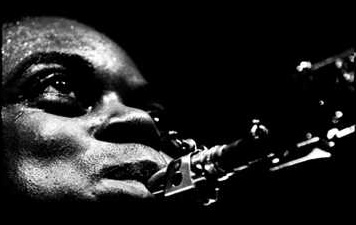Behind the Scenes: How to plan a happy accident
The role of chance in the arts is vastly underestimated. Sidney Lumet once said, “All great work is preparing yourself for the accident to happen.” That’s a pretty bold statement, and not entirely accurate. I don’t suppose Rembrandt’s Night Watch or the Goldberg Variations could be summed up as happy accidents. On the other hand, I do believe that artistry is often more a question of recognizing beauty, quality, magic or originality, than careful planning.
Sometimes it’s a good thing to stop contemplating, go with the flow and just see what happens. But it’s even better to lend luck a hand, set a few parameters in advance and then force a happy accident to occur. It’s like improvising notes on a specified progression of chords.

Picture: Peter van Breukelen
Which brings me to the project featured today: a leader for a series of shocking documentaries broadcasted on the Dutch TV-channel Tien.
Leaders or title sequences often try to set the tone of a program by bombarding the screen with a collage of moving images. This usually involves juxtaposing shots within a specific graphical framework, be it split-screen or picture-in-picture. Apply some color grading, floating typefaces and a few overexposed flashes and you’ve got yourself a stylish intro. The idea behind this “moving collage” approach is always the same: to give an overall impression without getting too specific.
For this assignment, I wondered what would happen if I literally stacked images on top of each other, without resizing them, moving them around or altering their aspect ratio. I became especially interested in using superimposed footage as a graphic element in itself, without relying on strict compositions, unifying lines or limited color schemes.
With this in mind, I cut together two completely different montages on the same piece of music, compiled from footage of several documentaries. One of the montages was intentionally more abstract than the other, with a lot of blinking lights, scrolling computer texts and TV static. I superimposed this “abstract” video layer on top of the other with an emphasis on the brighter areas. The composited result was a string of happy accidents: the moving highlights in the top layer perfectly complemented the dark hues in the layer below it, as if they were designed to work in tandem. Only a few corrections were necessary to achieve a wonderful harmony in an essentially random composition.


DJ Shadow instead of Clashing Egos, Peet? 😉
Actually, I used this DJ Shadow track (Building Steam With A Grain Of Salt) as a temp track. The network replaced it with a sound-alike, but I still prefer this version. Even after a few adjustments, their interpretation kept lacking the grain of salt, if you know what I mean…
Of course, if YOU would have gotten the same assignment, I would have been a happy fella.